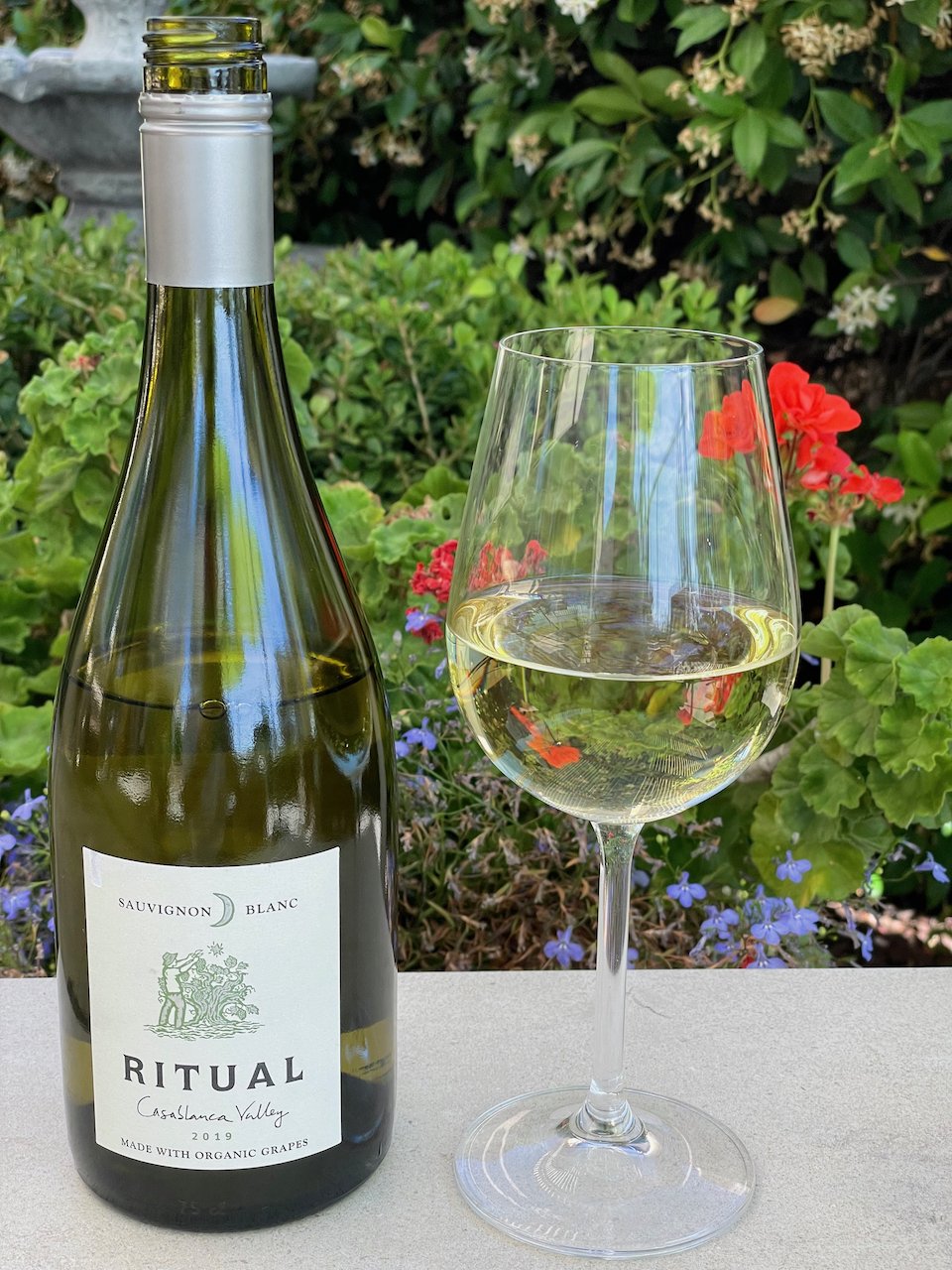As with many areas of Southern Europe, wine has been made in the Alentejo (ah-len-TAY-zhoo) region of Portugal for centuries. In terms of size, the Alentejo region in southern Portugal is about the same size as the state of Massachusetts. At 56,500 acres, its vineyard plantings are slightly more than Napa’s 45,000 acres and about the same as at plantings of Washington State.
This region is a real up-and-comer in today’s global wine world. Here are just a few facts about the exciting Alentejo wine region:
Alentejo is blessed with an astonishing array of native grapes. With over 250 indigenous grape varieties, Portugal has the highest density of native grapes per square mile of any country in the world, including Italy.
Alentejo red wines are the darlings of Lisbon cafés and restaurants. Alentejo wines are the preferred option of the Portuguese at large when it comes to what they choose to drink. Their red wine grapes include Alfrocheiro (full of blackberry and wild strawberry notes), Alicante Bouschet (possibly Alentejo’s flagship red) and Castelão (juicy red currants).
Alentejo’s emerging category of wines includes several aromatic whites. A surprising one-fifth of Alentejo wine production is from white grapes. These include Antão Vaz which is the full-bodied white star, Arinto that offers lemon-lime freshness and Alvarinho with citrus, peach and minerals.
Sustainably made wines. While Alentejo’s dry, sunny climate naturally reduces the need for rot-and mildew-fighting pesticides, embracing sustainable, organic or biodynamic farming is a necessity. With just about 23 inches of rain per year, the Alentejo region is one of the world’s most threatened wine regions from global warming. Creating nature protection areas, encouraging mixed plant and animal life, conserving scarce water resources and limiting chemical run-off into streams and rivers are all tools being used.
Blending old with new: ancient and modern winemaking practices. The first Portuguese wines exported to Rome may have come from this region. The Alentejo region is the only area in Portugal were some winemakers still practice the Roman technique of fermenting and storing wine in clay pots. These talhas de barro or amphorae, hold up to 520 gallons of wine and can be as large as seven-feet in height, and weigh a ton (literally!)
Alentejo is Cork Country! Alentejo is home to about one-third of the world’s cork tree forests.
As relative newcomers to the global wine market, Alentejo wine producers have embraced opportunities to learn from their peers in other emerging regions. So, discover for yourself the exciting array of intriguing and original well-crafted wines across the price spectrum. And, look for some delicious and refreshing white wines to be featured in the next two Behind the Cork™ Wines of the Week features. Cheers!




